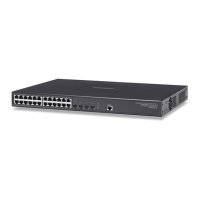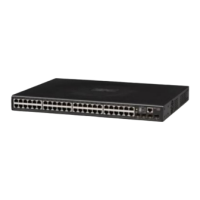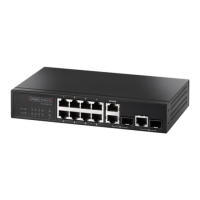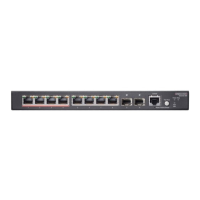C
HAPTER
2
| Initial Switch Configuration
Connecting to the Switch
– 36 –
◆ Set the speed/duplex mode for any port
◆ Configure the bandwidth of any port by limiting input or output rates
◆ Control port access through IEEE 802.1X security or static address
filtering
◆ Filter packets using Access Control Lists (ACLs)
◆ Configure up to 256 IEEE 802.1Q VLANs
◆ Configure IGMP multicast filtering
◆ Upload and download system firmware or configuration files via HTTP
(using the web interface) or TFTP (using the command line interface)
◆ Configure Spanning Tree parameters
◆ Configure Class of Service (CoS) priority queuing
◆ Configure up to 14 static or LACP trunks
◆ Enable port mirroring
◆ Set storm control on any port for excessive broadcast, multicast, or
unknown unicast traffic
◆ Display system information and statistics
REQUIRED
CONNECTIONS
The switch provides an RS-232 serial port that enables a connection to a
PC or terminal for monitoring and configuring the switch. A null-modem
console cable is provided with the switch.
Attach a VT100-compatible terminal, or a PC running a terminal emulation
program to the switch. You can use the console cable provided with this
package, or use a null-modem cable that complies with the wiring
assignments shown in the Installation Guide.
To connect a terminal to the console port, complete the following steps:
1. Connect the console cable to the serial port on a terminal, or a PC
running terminal emulation software, and tighten the captive retaining
screws on the DB-9 connector.
2. Connect the other end of the cable to the RS-232 serial port on the
switch.
3. Make sure the terminal emulation software is set as follows:
■
Select the appropriate serial port (COM port 1 or COM port 2).
■
Set the baud rates to 115200 bps.
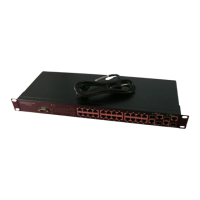
